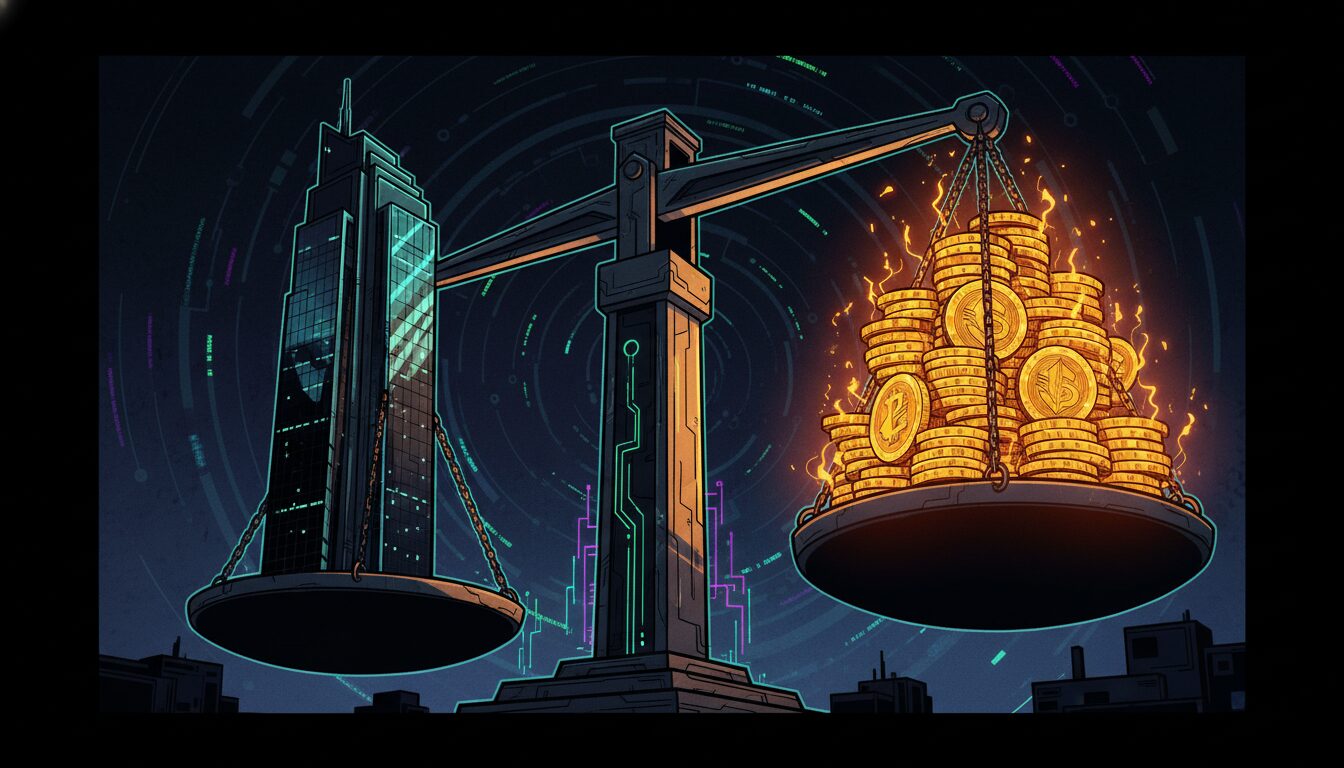Could a Key Manufacturing Index Signal a Longer Bitcoin Cycle?

A notable pattern linking the Institute for Supply Management’s (ISM) Manufacturing Purchasing Managers’ Index (PMI) with Bitcoin’s major market peaks suggests the current cycle could extend beyond its historical timeline. This correlation, first popularized by Real Vision’s Raoul Pal, has gained traction among macro-focused crypto analysts.
The theory observes that Bitcoin’s past cycle tops have consistently aligned with cyclical peaks in the ISM PMI, a key indicator of US industrial activity. Analyst Colin Talks Crypto noted that if this relationship continues, it “would indicate a considerably longer cycle than bitcoin cycles typically run for.”
Currently, the ISM Manufacturing PMI signals a prolonged economic contraction, having remained below the neutral 50-point mark for seven straight months. A sustained move above 50 historically corresponds with renewed economic expansion and stronger Bitcoin price performance. While the index briefly crossed this threshold earlier in the year, it quickly fell back, underscoring persistent weakness in the manufacturing sector.
US Manufacturing Struggles to Sustain Momentum
The sector’s performance has been hampered by several factors, including high tariffs, uncertain trade policies, and softening global demand. These pressures appear to be extending the business cycle rather than accelerating it. ISM’s latest report highlighted these uneven conditions, showing that while some prices rose, both exports and imports contracted.
Despite this weakness, ISM officials have pointed out that a manufacturing contraction doesn’t necessarily signal a wider recession, as the sector represents a shrinking portion of total US economic output. The organization has previously stated that a sustained PMI reading above 42.3 generally corresponds with growth in the broader economy.
The tangible impact of these economic conditions is felt on the ground. One purchasing manager in the transportation equipment industry reported that business remains “severely depressed,” citing shrinking profits and the heavy burden of tariffs. “We have increased price pressures both to our inputs and customer outputs as companies are starting to pass on tariffs via surcharges, raising prices up to 20 percent,” the manager stated.











